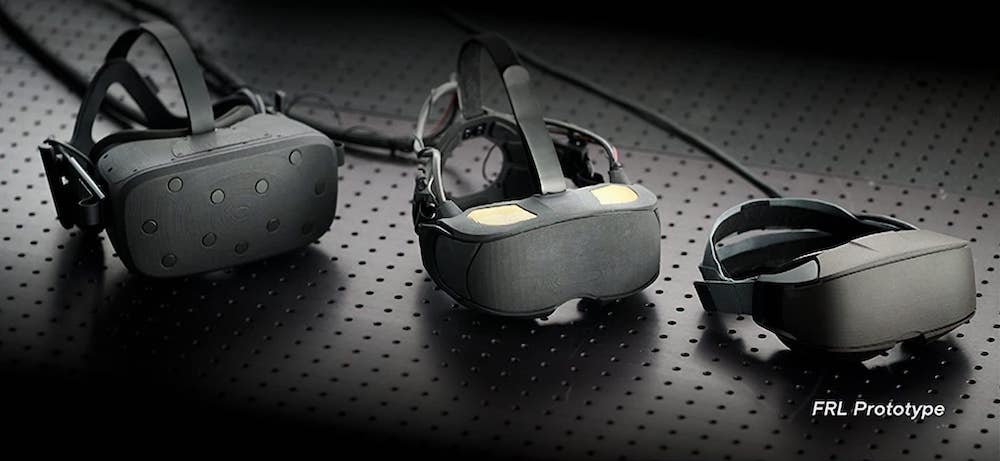A new company founded by 3 experts in the interactions between light and matter contacts OTOY to offer an ecosystem that would allow you to enjoy and create holographic experiences.
Light Field Lab it is a startup that began its journey last year with the intention of creating monitors capable of projecting objects in three dimensions to the environment without the need to use glasses or fumes. It is co-founded by Ed Ibe, a mechanical engineer who worked at IBM, Jon Karafin, a former special effects firm Digital Domain, and Brendan Bevensee, a particle physicist who once participated in research on the Hadron Collider. They all collaborated previously to design the Lytro Cinema camera, capable of capturing 400 gigabytes per second of recordings with 755 megapixels of definition at 300 frames, so they are familiar with what it means to work in a high-end project.
They are currently working on a monitor that will present to our eyes fields of light that will coincide with those that would occur if that object were really between us and the emission, all through a screen made based on quantum compounds (named for its nanoscopic size) capable of projecting many instances of the same three-dimensional recreation by omnidirectional light rays, thus dedicating the correct pixel to each angle at each moment for the receiver. These rays would come from recordings of light fields, which are carried out with camera compositions intended to capture scenarios in a volumetric way. Jon Karafin says that ” by controlling where the rays converge in space, you can create objects that appear in front of or behind the screen.”
The initial prototypes have a surface of 6×4 inches, with a pixel density of 16K by 10K (although technically our eye will never be able to access all of them at the same time) and are capable of reaching 60 frames. These are designed to cluster, being possible to cover an entire wall of these devices, creating before us full-color objects that would float and we could explore with six degrees of freedom at a glance.
To satisfy the enormous flow of data will require to recreate all of these points of view simultaneously, Light Field Lab has sought the help of OTOY, a company specialized in the rendering of photorealistic images, which also develops technologies such as RNDR, able to optimize the distribution of tasks among different GPUs connected to the cloud, among others. And between the two have set the goal of emulating the Holodeck of Star Trek, in a series of experiences designed to be experienced in rooms full of these screens that have shown key people in the industry and even the son of Gene Roddenberry, creator of the science fiction saga.
All this may sound like a Chinese story, but taking into account the experience of these companies in the field of light, it is possible that we are for the first time before something really qualifies as a hologram.









